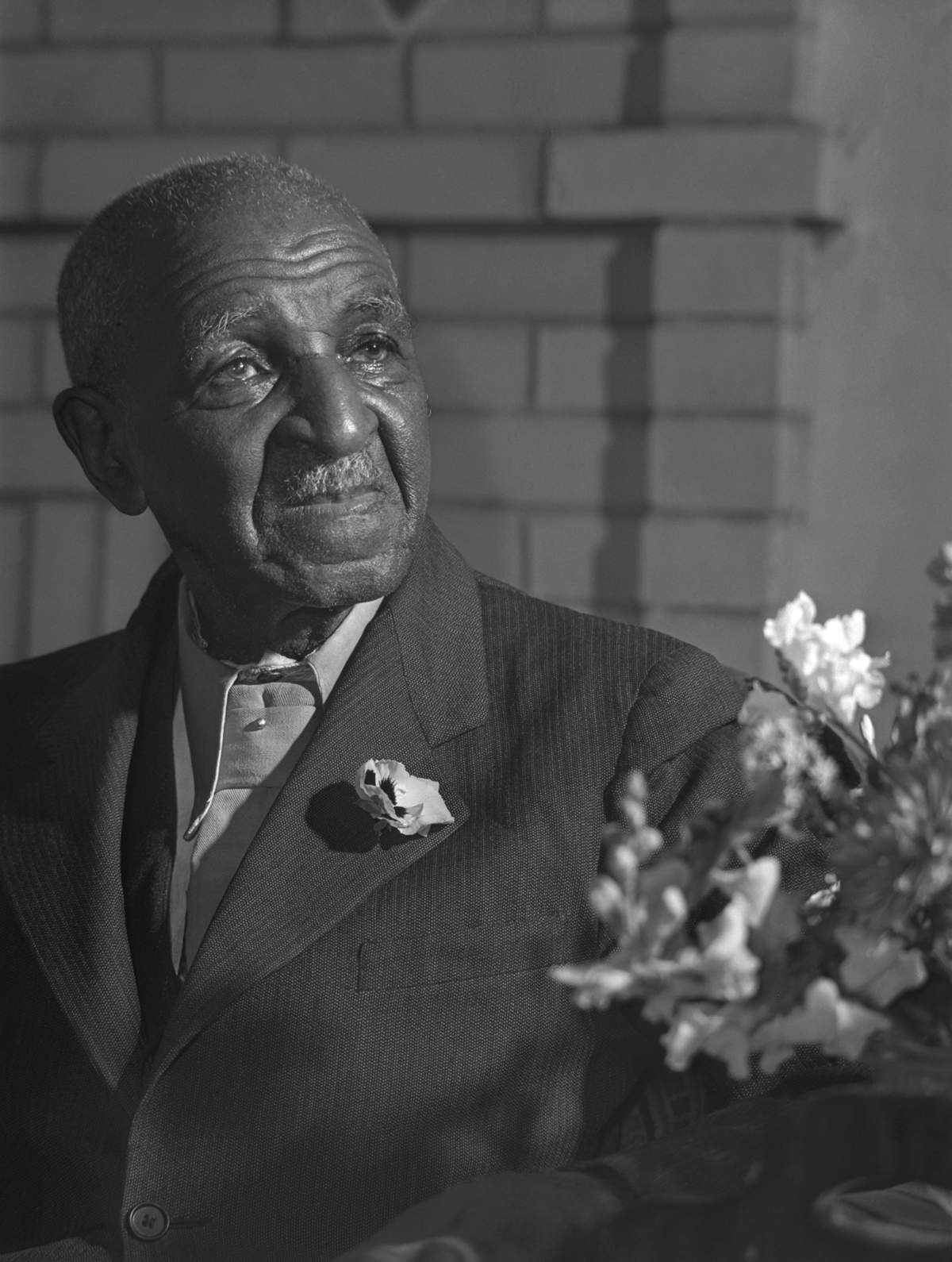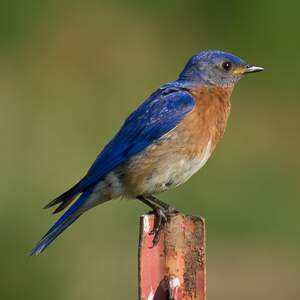

George Washington Carver Day
Observed
annually on January 5th (since 1944)
Dates
Founded by
National Achievement Club, Inc. in February 1943
President Harry S. Truman on December 28th, 1945
Hashtags
Sources
https://encyclopedia2.thefreedictionary.com/George+Washington+Carver+Day
https://www.biography.com/scientist/george-washington-carver
https://www.britannica.com/biography/George-Washington-Carver
https://www.anrdoezrs.net/links/100298379/type/dlg/https://www.newspapers.com/image/40121720/
https://www.anrdoezrs.net/links/100298379/type/dlg/https://www.newspapers.com/image/40884737/
https://www.anrdoezrs.net/links/100298379/type/dlg/https://www.newspapers.com/image/524098334
https://www.presidency.ucsb.edu/documents/proclamation-2677-george-washington-carver-day
https://www.presidency.ucsb.edu/documents/telegram-regarding-commemoration-george-washington-carver-day
George Washington Carver died on January 5, 1943. The following month, The National Achievement Club, Inc., based in Pittsburgh, called for George Washington Carver Day to be held each year on the anniversary of his death. Therefore, the first observance of George Washington Carver Day was in 1944. The National Achievement Club worked to spread the holiday. For example, eight governors proclaimed the holiday in their states in 1945 at the request of the club. Similarly, on February 23, 1945, at the club's urging, Representative Robert J. Corbett [R-PA] introduced a joint resolution to establish January 5 as George Washington Carver Day at the federal level. On December 28, 1945, the 79th Congress approved the resolution and it became Public Law 290. It designated January 5, 1946, as George Washington Carver Day and authorized and requested the president "to issue a proclamation calling upon officials of the Government to display the flag of the United States on all Government buildings on such day." That same day, President Harry Truman issued Proclamation 2677 in accordance with the request.
Since 1984, the George Washington Carver Public Service Award has been given out at Tuskegee University around the time of the holiday. Since 1999, Tuskegee has held a George Washington Carver Convocation in late January or early February, which "celebrates Carter's life and legacy, recognizing his contributions to science, agriculture, and the humanities." The year's George Washington Carver Distinguished Achievement Award recipient speaks at the convocation. As of the early 2000s, about ten states had annual days honoring Carver. The American Chemical Society, the organization that designated Carver's agricultural chemistry as a National Historic Chemical Landmark, lobbied to get the remaining states to recognize Carver with a day.
George Washington Carver was an educator, inventor, and scientist of agricultural chemistry, botany, and agronomy. Carver was born to an enslaved couple, Giles and Mary, in Diamond, Missouri, likely in 1864. After the repeal of slavery the following year, Carver grew up in the household of his former owners, Moses and Susan Carver, along with his brother James, and adopted their surname. Susan Carver taught him to read and write. While in his twenties, while also working as a farmhand, he received his high school degree at Minneapolis High School in Minneapolis, Kansas. He was accepted to Highland College in Highland, Kansas, but was denied entry when they found out he was Black. He then homesteaded, where he put together a geological collection and undertook biological experiments.
In 1890, Carver enrolled at Simpson College in Iowa, where he studied music and art, sharpening his art skills by drawing and painting botanical samples. He then enrolled in the botany program at Iowa State Agricultural College (now Iowa State University) in Ames, Iowa, becoming the first Black student at the school. He obtained a bachelor of science degree in agricultural science in 1894 and a master of science degree in 1896. During his graduate studies, he worked on plant pathology at the Iowa Experiment Station.
In 1896, Booker T. Washington invited Carver to head the Tuskegee Normal and Industrial Institute's (now Tuskegee University) agricultural department. Carver's work on shaping the curriculum and faculty helped the department gain national renown. He taught and conducted research there for most of his career. Carver undertook experiments focused on soil management and crop production and directed an experimental farm. He called for crop rotation and for farmers to plant cash crops besides cotton, which had been depleting the land on account of overproduction. He urged Southern farmers to plant peanuts and soybeans because they could both restore nitrogen to the soil and also provide protein for those who ate them. He was also a proponent of growing sweet potatoes.
The development of these crops and the diversification of crops improved the livelihoods of many. Carver's research on new uses for these crops increased the low demand that they had, which in turn helped struggling sharecroppers, many of whom were former slaves. Carver invented hundreds of products, including more than 300 related to peanuts—such as plastics, dyes, gasoline, cosmetics, medicinal oils, soap, ink, and wood stains—and over 100 from sweet potatoes—including molasses, postage stamp glue, flour, vinegar, and synthetic rubber. When Carver came to Tuskegee, peanuts weren't even recognized as crops, but within Carver's lifetime, peanuts were in the top six crops in the United States, and second—next to cotton—in production in the South. Southerners no longer had to rely solely on cotton. These shifts were on account of Carver, and ultimately, Carver's work helped revolutionize agriculture in the South.
Carver's work didn't end there. He had a "Jesup wagon"—a mobile classroom—which he used to bring agricultural education to farmers. He supported a tariff on imported peanuts, which Congress passed in 1922. President Theodore Roosevelt asked for his advice on agricultural matters, he was visited by Presidents Calvin Coolidge and Franklin Roosevelt and was friends with Henry Ford and Mahatma Gandhi. He became a member of the British Royal Society of Arts. Later in his life, he used his time to promote scientific causes. In 1940, he established the Carver Research Foundation at Tuskegee, donating his life savings to establish it, so that research in agriculture would continue for generations to come.
George Washington Carver died on January 5, 1943, after falling down a flight of stairs. He was buried next to Booker T. Washington at Tuskegee. His legacy continued following his death: He appeared on commemorative postage stamps in 1948 and 1998 and was on a commemorative half-dollar alongside Booker T. Washington between 1951 and 1954. The George Washington Carver National Monument was dedicated in 1960, located near his birthplace of Diamond, Missouri. And of course, George Washington Carver Day was established, which is observed today!
How to Observe George Washington Carver Day
Some ways you could mark the day include:
- Put out your American flag in honor of Carver.
- Visit the George Washington Carver National Monument in Diamond, Missouri. Carver's birthplace is on the grounds.
- Visit the George Washington Carver Museum at Tuskegee University. Carver's grave can be found nearby in the university's cemetery.
- Visit the George Washington Carver Museum, Cultural and Genealogy Center in Austin, Texas.
- Stroll through the George Washington Carver Garden at the Missouri Botanical Garden in St. Louis.
- Read a book about George Washington Carver such as George Washington Carver: In His Own Words or George Washington Carver: A Life.
- Watch George Washington Carver: An Uncommon Life or George Washington Carver: An Uncommon Way.
- Eat or grow some peanuts, soybeans, and sweet potatoes in Carver's honor.





















